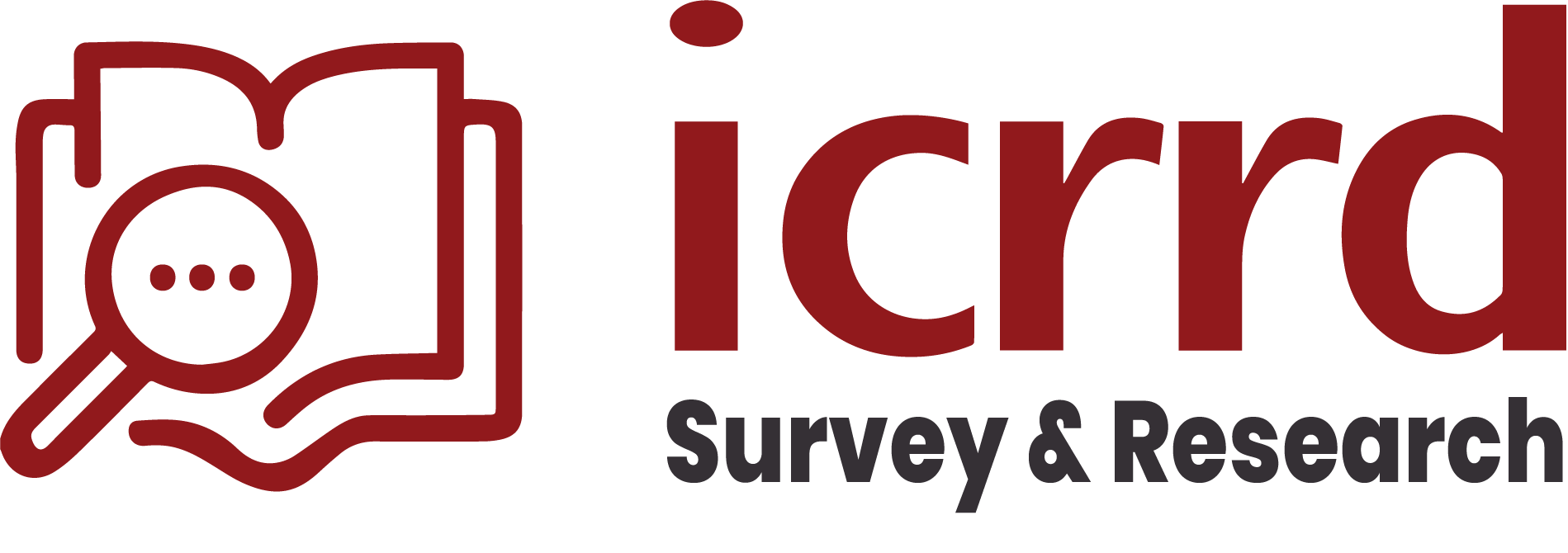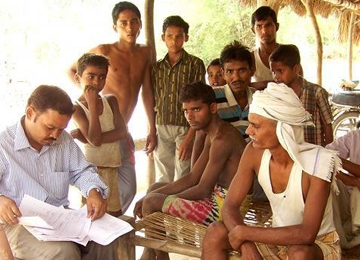Data collection in various fields follows a systematic process to gather relevant information for research, analysis, decision-making, and other purposes. The data collection process can vary depending on the field and the nature of the data required, but here are some general steps and methods involved in data collection across different fields:
Defining Objectives and Research Questions: The first step is to clearly define the objectives of the data collection and the specific research questions that need to be answered. This helps in focusing the data collection efforts on relevant information.
Choosing Data Collection Methods: Depending on the research goals and the type of data required, various data collection methods can be used. Common methods include surveys, interviews, observations, experiments, focus groups, and secondary data analysis (using existing data sources).
Developing Data Collection Instruments: For surveys and interviews, researchers develop questionnaires or interview guides that align with the research objectives. These instruments should be well-structured, reliable, and valid to ensure accurate data collection.
Sampling: In many cases, it’s not feasible to collect data from an entire population, so a subset called a sample is selected. Proper sampling techniques are used to ensure that the sample is representative of the larger population.
Data Collection: Researchers or data collectors administer the surveys, conduct interviews, observe events or behaviors, or collect data through other methods. This step involves interacting with respondents or subjects to gather information.
Data Recording: The data collected needs to be recorded in a systematic and organized manner. For surveys, responses are typically entered into a database, and for interviews or observations, notes or recordings are taken.
Data Validation and Quality Control: To ensure data accuracy and reliability, validation checks and quality control measures are applied. This may involve checking for missing or inconsistent data and verifying the accuracy of data entry.
Data Cleaning and Preparation: Raw data may need to be cleaned and prepared for analysis. This process involves removing errors, inconsistencies, and outliers and transforming data into a suitable format for analysis.
Data Analysis: Once the data is cleaned and prepared, researchers analyze it using appropriate statistical or qualitative analysis techniques to answer research questions and draw conclusions.
Interpretation and Reporting: The findings from the data analysis are interpreted and used to draw meaningful conclusions and make informed decisions. Research reports or presentations are created to communicate the results to stakeholders.
Ethics and Data Protection: Throughout the data collection process, researchers must adhere to ethical guidelines to protect the privacy and rights of participants and ensure the confidentiality and security of the data.
Continuous Improvement: After data collection and analysis, researchers may identify areas for improvement in the data collection process or the research methodology. This feedback informs future data collection efforts.
The data collection process requires careful planning, attention to detail, and adherence to ethical standards to ensure that the data collected is accurate, reliable, and relevant to the research objectives.




